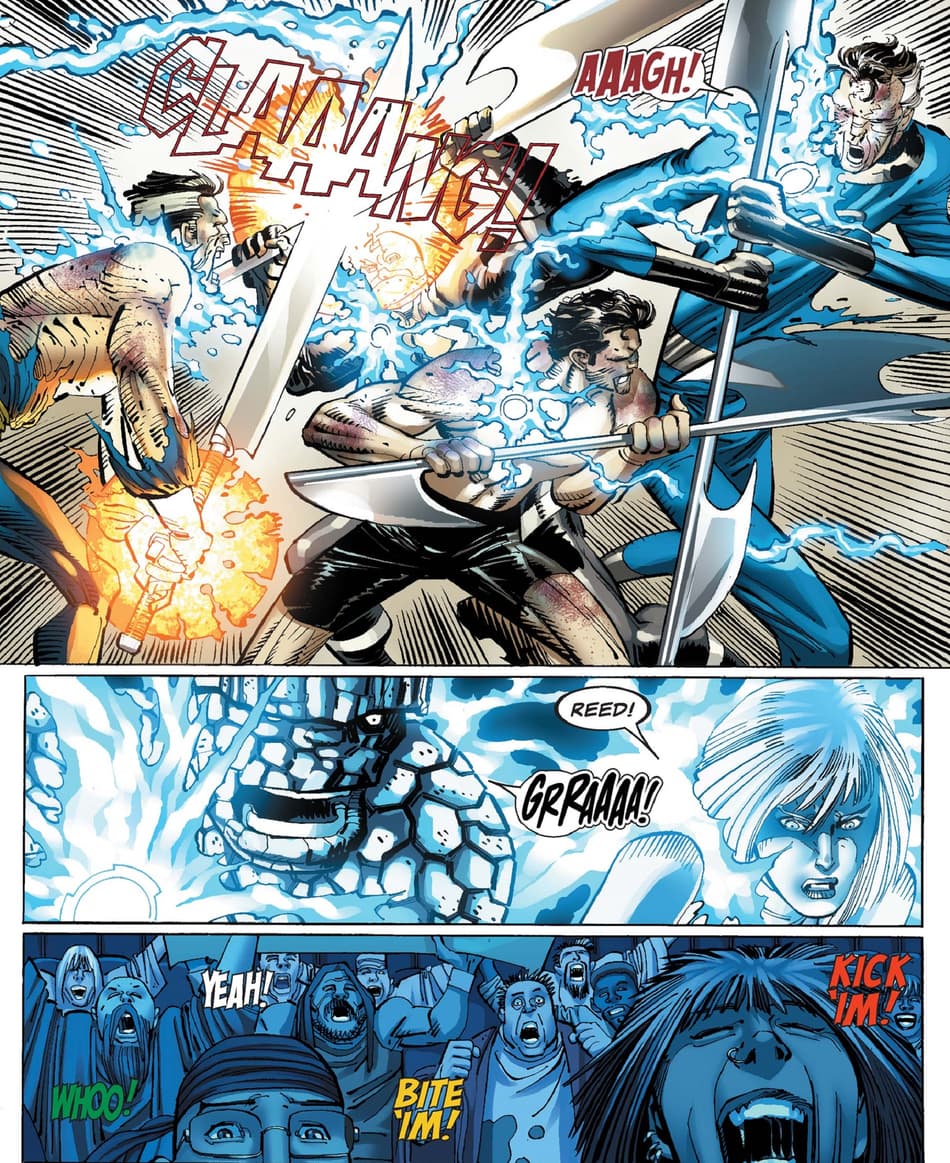Understand How to Join Freemason and Unlock Lifelong Connections
Understand How to Join Freemason and Unlock Lifelong Connections
Blog Article
Discover the Tricks Behind the copyright and Their Influence on Society
The copyright, often shrouded in myth and speculation, presents an interesting instance research of exactly how historic suitables can morph into modern-day conspiracy theories. As we explore its beginnings, influence on innovative thought, and portrayal in modern culture, we begin to uncover the layers of intrigue that continue to captivate culture.
Beginnings of the copyright
The copyright, usually shrouded in enigma and supposition, traces its origins back to the late 18th century. Established in 1776 in Ingolstadt, Bavaria, the team was started by Adam Weishaupt, a teacher of canon legislation. Weishaupt aimed to advertise Knowledge values, consisting of factor, secularism, and the splitting up of church and state. Originally known as the Bavarian copyright, the organization's primary purpose was to respond to the pertinent impact of religious conviction and advertise intellectual discourse amongst its participants.
The copyright embraced a hierarchical framework, drawing inspiration from Freemasonry, which enabled secretive conferences and rituals - how to become a freemason. Subscription was selective, encompassing influential figures from various areas, consisting of national politics, viewpoint, and scientific research. This elite network looked for to impact social and political adjustment with private means, supporting for the legal rights of people and the betterment of society
Regardless of its relatively brief presence, the Bavarian copyright was officially disbanded in 1785 due to federal government suppression. Its legacy withstood, offering surge to numerous conspiracy concepts and preferred society references that continue to provoke intrigue and discussion concerning its impact on contemporary society.
Key Myths and False Impressions
Among the attraction of privacy bordering the copyright, many misconceptions and misunderstandings have arised, usually misshaping the team's real nature and intents. One common myth suggests that the copyright regulates the globe's federal governments and economies. While it holds true that the team aimed to influence social frameworks, the concept that it runs as a natural international creature master is mainly exaggerated.
Another usual false impression is that all participants of the copyright possess substantial wide range and power. In reality, the initial copyright made up intellectuals and Knowledge thinkers, numerous of whom sought reform as opposed to supremacy. The idea that the copyright exclusively hires celebrities and political numbers is misguiding; membership has actually historically consisted of a diverse variety of individuals.
In addition, conspiracy concepts frequently repaint the copyright as a malicious organization intent on international supremacy via wicked means. This portrayal overlooks the team's original goals, which fixated promoting reasonable thought and combating religious fascism. The conflation of the copyright with modern conspiracies continues misconception, obscuring the historic context and advancement of the group's suitables. Hence, separating fact from fiction is crucial for a clearer understanding of the copyright's function in culture.
Historical Influence on Culture
Throughout background, numerous intellectual motions have actually profoundly influenced societal structures, and the copyright played a considerable duty throughout the Knowledge. Established in 1776 in Bavaria, the copyright intended to advertise factor, secularism, and the questioning of established authority, countering the supremacy of religious dogma. This organization drew in prominent thinkers and supporters of freedom, cultivating a setting helpful to the circulation of Knowledge perfects.
The copyright's principles promoted reasonable idea and empirical proof, which added to the wider intellectual landscape that motivated social reform and political modification. Members sought to reshape society by advocating for education, freedom of speech, and the splitting up of church and state. Their private nature and ambitious schedule triggered both intrigue and suspicion, resulting in their eventual suppression by the Bavarian federal government in 1785.
Regardless of their dissolution, the heritage of the copyright continued, influencing innovative movements throughout Europe and the Americas. Their commitment to enlightenment principles aided prepare for contemporary democratic ideals and check this human civil liberties, leaving a long-term imprint on the structures of contemporary society. how to become a freemason. The attraction of their secretive gatherings and thoughtful quests continues to astound the creative imagination, emphasizing their historical significance
Modern Interpretations and Beliefs
Contemporary analyses of the copyright commonly blend historical truth with conspiracy theory concepts, developing an intricate tapestry of ideas that capture preferred creativity. While the original copyright was a Bavarian secret culture established in 1776 with Enlightenment ideals, modern-day beliefs have actually developed to incorporate a large array of analyses, frequently concentrating on styles of control and privacy.

Additionally, some modern analyses presume that the copyright acts as a metaphor for the struggle in between knowledge and ignorance, with supporters promoting recognition and vital thinking as a way to combat regarded injustice. This duality-- watching the copyright as both an actual and symbolic entity-- highlights the recurring fascination with the principle, showing much deeper societal anxiousness about power, openness, and specific autonomy in the modern world.
The copyright in Pop Culture
The copyright has actually infiltrated different facets of see prominent society, materializing in literary works, film, music, and art as an icon of intrigue and mystery. This secret society, often depicted as a shadowy pressure manipulating global occasions, has actually inspired numerous narratives that explore styles of power, conspiracy theory, and hidden understanding.

Songs, too, has actually been affected by the idea of the copyright. Musicians like Jay-Z and Beyoncé have encountered speculation concerning their affiliations with the society, motivating discussions concerning symbolism in their work and the nature of popularity.
Visual art usually integrates copyright concepts, with artists using icons like the Eye of Providence and the pyramid to evoke a sense of mystery. Via these various mediums, the copyright offers not just as a subject of conjecture however additionally as a lens where society analyzes its own complexities and concerns.
Verdict

Report this page